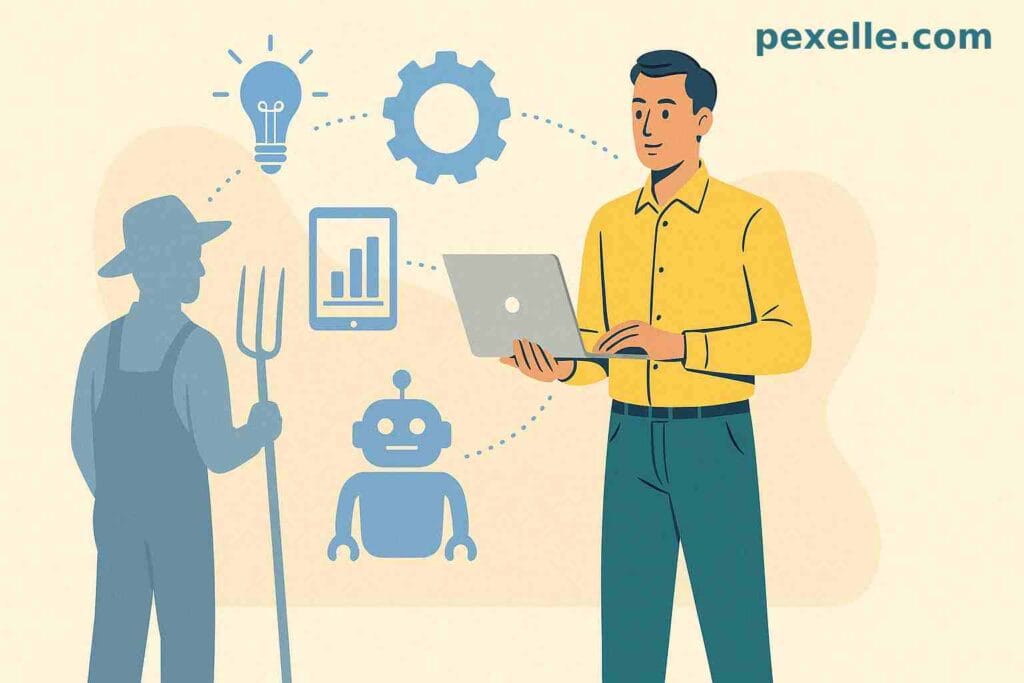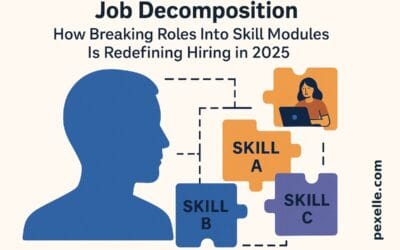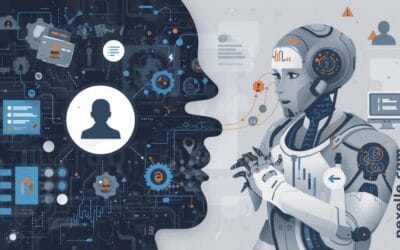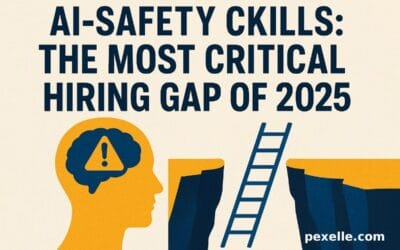The Evolution of Traditional Jobs and the Urgent Need to Embrace New Technologies

The global job market is undergoing a profound transformation. Traditional jobs, once rooted in stability and routine, are now being reshaped by the rapid advancement of digital technologies. From automation and artificial intelligence (AI) to blockchain and the Internet of Things (IoT), the landscape of employment is shifting — demanding that workers and industries alike evolve to stay relevant.
1. The Decline of Manual and Repetitive Labor
Technological innovation has already replaced many repetitive tasks. Manufacturing, retail, transportation, and even customer service are seeing a decline in manual roles as robots, algorithms, and self-service systems take over. While this automation improves efficiency and reduces costs, it also reduces the demand for certain job types.
🔧 Examples:
- Assembly line workers being replaced by robotic arms
- Cashiers being replaced by self-checkout kiosks
- Data entry jobs being automated by AI-driven systems
2. The Rise of Tech-Augmented Roles
Traditional roles are not disappearing completely — they are transforming. For example, a modern farmer may use drones and satellite data to monitor crops, while a construction worker might use augmented reality (AR) to visualize building plans. These are still the same sectors, but the tools and required skills have dramatically changed.
🛠️ New Expectations:
- Digital literacy is becoming a baseline requirement
- Workers need to adapt to using smart tools and platforms
- Basic coding, data analysis, or app navigation are increasingly necessary
3. Lifelong Learning is Now Essential
No longer is formal education enough to carry someone through an entire career. Rapid technological change requires a mindset of continuous learning. Online courses, upskilling programs, and on-the-job training are essential to remain employable in the modern workforce.
📚 Key areas for upskilling:
- Artificial Intelligence & Machine Learning
- Cybersecurity
- Digital marketing & e-commerce
- Cloud computing
- Data literacy and visualization
4. Industries Leading the Change
Some industries are leading the way in adopting new technologies and redefining traditional roles:
- Healthcare: AI diagnostics, robotic surgery, telemedicine
- Education: EdTech platforms, virtual classrooms, AI tutors
- Finance: Blockchain, digital banking, fraud detection with AI
- Agriculture: Precision farming, sensor-based irrigation, autonomous tractors
These industries show how embracing innovation can enhance productivity, improve quality, and create new job categories.
5. Embracing Change: A Shared Responsibility
The responsibility to adapt is shared by individuals, employers, and governments.
- Individuals must take ownership of their growth and be proactive learners.
- Companies must invest in training programs and support employee transitions.
- Governments must offer accessible education and promote technology adoption, especially for small businesses and vulnerable sectors.
🌍 A coordinated approach ensures that no one is left behind as the future of work unfolds.
Conclusion: Adaptation is Not Optional
As we move deeper into the digital age, adaptation is not a luxury — it’s a necessity. Those who embrace technology and continue learning will thrive, while resistance to change risks obsolescence. The future of work lies in our ability to merge tradition with innovation — creating roles that are not only efficient but also more meaningful and dynamic.
🚀 Let’s build a workforce ready for tomorrow — today.
Source : Medium.com




